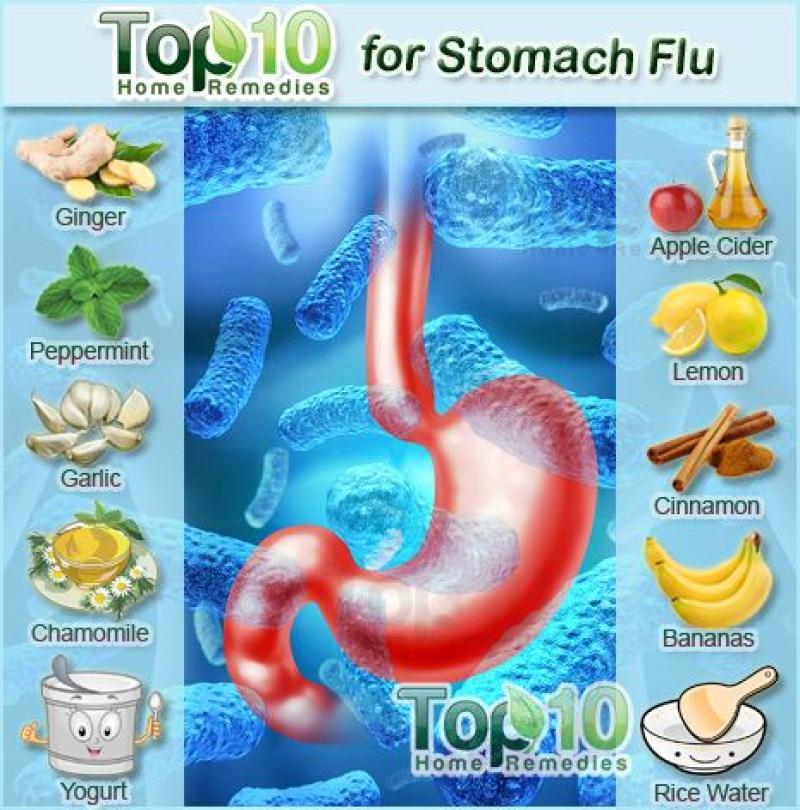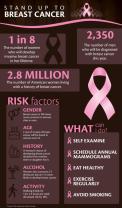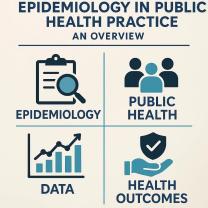What to eat while suffering the stomach flu?
When dealing with the stomach flu (gastroenteritis), it's crucial to choose foods that are gentle on the stomach, easy to digest, and help replenish lost fluids and nutrients. Here are some foods and beverages that can be soothing and supportive during recovery from the stomach flu:
Clear Liquids: Start with clear liquids to prevent dehydration. Drink water, clear broths, electrolyte solutions, or sports drinks to replenish fluids and electrolytes.
BRAT Diet: Gradually introduce the BRAT diet, which stands for bananas, rice, applesauce, and toast. These bland, low-fiber foods can help bind stool and ease digestive discomfort.
Ginger: Ginger tea or ginger ale (preferably without carbonation) can help alleviate nausea and settle the stomach.
Plain Crackers or Biscuits: Plain, low-sodium crackers or biscuits can provide a bit of sustenance without aggravating the stomach.
Boiled Potatoes: Boiled or mashed potatoes without added spices or butter can offer some easily digestible carbohydrates.
Chicken or Vegetable Broth: Low-fat and low-sodium chicken or vegetable broth can provide essential nutrients and hydration.
Probiotic Foods: Once your stomach begins to settle, consider incorporating probiotic-rich foods like yogurt with live cultures or kefir to help restore healthy gut bacteria.
Avoid Irritants: Stay away from spicy, greasy, fatty, or highly seasoned foods, as well as dairy, caffeine, and alcohol until your stomach feels better.
Small, Frequent Meals: Instead of large meals, consume small portions of food throughout the day to prevent overwhelming your digestive system.
Listen to Your Body: Pay attention to how your body responds to different foods. If a particular food triggers discomfort, avoid it until your stomach has fully recovered.
It's important to reintroduce foods gradually as your stomach begins to feel better. If you're having trouble keeping anything down or if symptoms persist, it's advisable to consult a healthcare professional for guidance and appropriate treatment, especially if dehydration becomes a concern.
The payment location for school taxes can vary depending on your school district. However, here are some general guidelines:
In-person payments:
School district office: Most school districts allow you to make in-person payments at their main office during regular business hours.
Town or city hall: In some cases, school tax payments may be made at the town or city hall where your property is located.
Authorized tax collectors: Some school districts have authorized tax collectors who can accept payments on their behalf.
Online payments:
School district website: Many school districts have secure online payment portals where you can make payments using a credit card, debit card, or bank transfer.
Third-party payment processors: Some school districts use third-party payment processors, such as PayPal or Fiserv, to handle online payments.
Mail payments:
- School district mailing address: You can mail your school tax payment to the school district's mailing address. Be sure to include your property tax account number and make your check payable to the school district.
Other payment methods:
Electronic check (ACH): Some school districts accept electronic check payments, which are directly deducted from your bank account.
Wire transfer: For large payments, you may be able to make a wire transfer directly to the school district's bank account.
Tips for making school tax payments:
Make payments on time: Avoid late payment penalties by making your payments on or before the due date.
Keep payment records: Keep copies of your payment receipts for your records.
Contact your school district: If you have any questions about making school tax payments, contact your school district's tax office.












